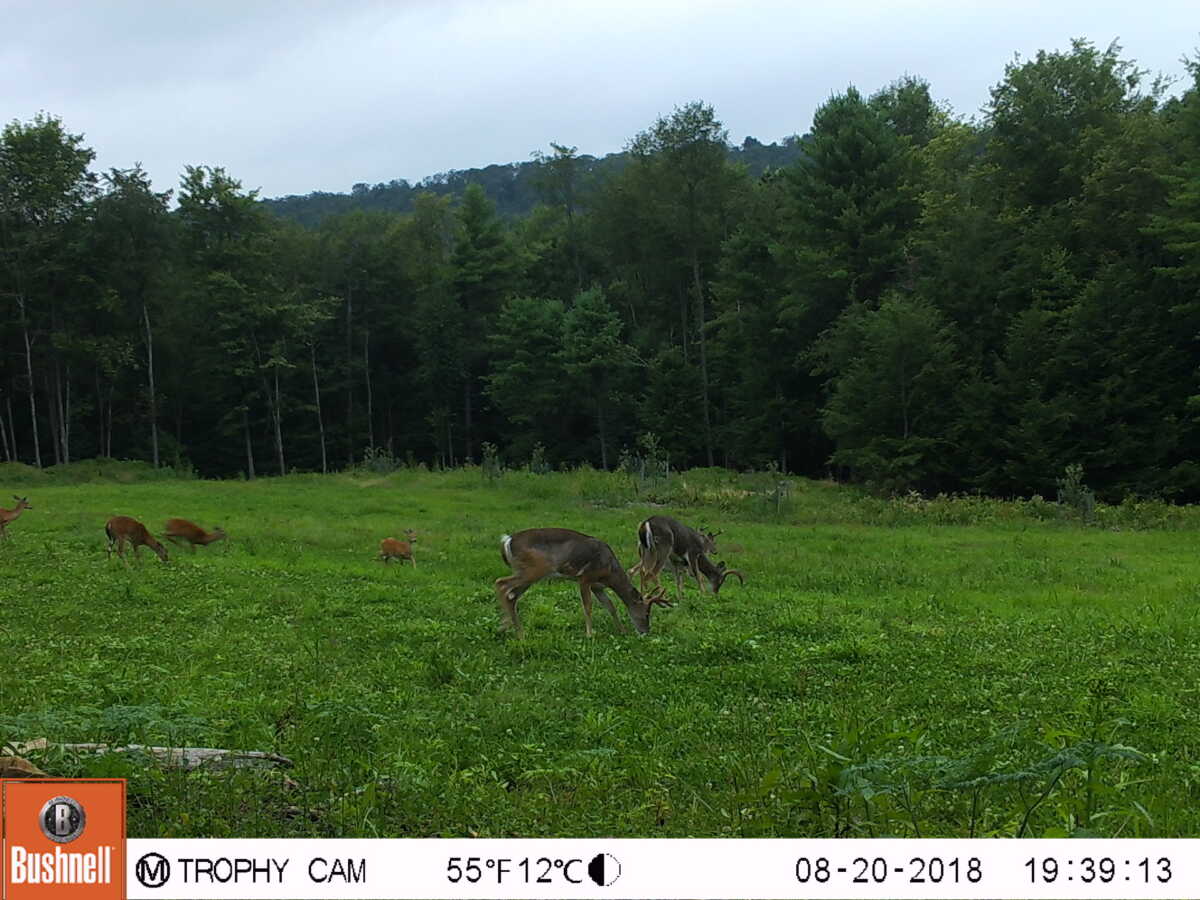Introduction: What are Clover Varieties and How Can They Help Improve Deer Food Plots?

Clovers come in two general types: annual clovers and perennial clovers. We can also add biannual clovers – types that are all vegetative the first year and make seed the second year of growth.
Annual clovers complete their life cycles within one year, they sprout from seed then grow, produce seed, and die, all within a 12 month period. Annual clovers reproduce only from seed. They reseed very well.
Some examples of annuals common in food plots are: crimson, balansa, berseem, arrowleaf clover.
Perennial clovers are best for the hot South where clover cannot remain palatable in the heat of summer.
They are also great for fall-planted cover crops when you need palatable forage in fall/winter/spring.
Perennial Clovers can propagate themselves through stolons (roots) as well as from seed. They mature and go to seed every year, but can also fill in open space through stolons.
Some examples of white clovers are ladino, alyce, dutch, durana – there are many varieties developed for grazing.
Red Clover varieties are considered perennial as well.
keywords: clover varieties, deer food plots, clover seed, deer attractant plants, wildlife food plots)
Clover Varieties that are Ideal for Growing Deer Food Plots
The best variety for your food plot depends on your situation. Weather, soil types and conditions and grazing pressure all come into play when deciding what to plant. Try several test plots of different clovers to see what best suites your location. Use exclusion cages so you know whether the clover grew well – lack of plants could be caused by deer overbrowsing them.
Generally, white and red perennials are best in high-rainfall and northern climates while the annuals work better in the south where the heat of summer can fry and white clover plot.
keywords: white clover variety, red clover variety, alsike clover variety, ladino clover variety)
Caring for Your Clover Plantings to Maximize Deer Forage Production
Annual clovers should be planted in fall into a prepared seed bed free of competition. They can be mixed in with a fall cover crop blend. You can let them go to seed then lightly disk them in the following late summer. The seeds will germinate in fall. You can add some more cereal grains to your cover crop at that time.
If weeds are providing competition you may need to mow the flower heads off to prevent them from seeding in.
Perennial clovers need to be planted with a nurse crop of cereal grains and/or brassicas in the fall for protection from too much sun and browsing. Using a winter killed brassica or oats, or a cereal grain at a light rate will die out and help protect tender plants. A great perennial plot will establish.
Basic maintenance includes spraying every year for grasses and if necessary, mow the plots if weeds are going to flower. Avoid mowing if it is not needed to reduce weeds pressure.
Fertilize according to soil testing and never use Nitrogen as it will make the legumes “lazy” so they wont fix N and will encourage weeds to proliferate.
keywords: how to grow clovers for deer food plot, how to attract deer with clovers, fertilizer for clover plots, clover food plot maintenance
